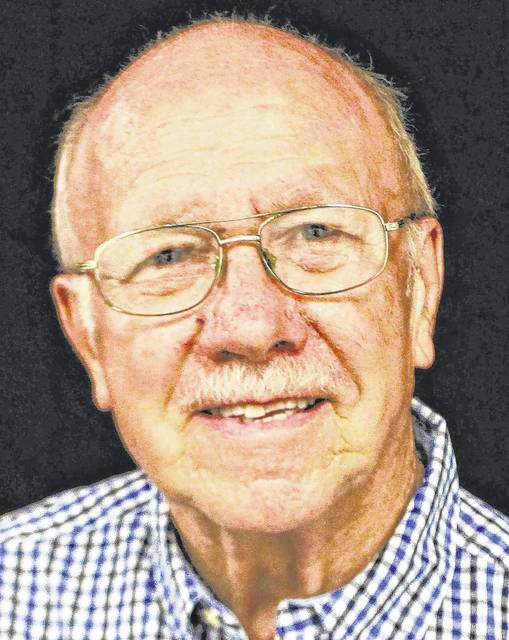
Writing about George Soros in a very conservative community might be a bit risky, but I do have one specific reason for my admiration.
It is not, however, because the Financial Times of London — which tags itself as “the world’s leading global business publication” — selected Soros as the Person of the Year.
It is because he saved many lives through his generosity and nonviolent action. It is special to me since I have an indirect relationship to the whole story.
Just 25 years ago, Sarajevo (Bosnia and Herzegovina) was under daily attack from the surrounding hills by Serb militias. This “Siege of Sarajevo” lasted for over three years and is considered the longest such siege of a capital city in modern history. Even though the Bosnian troops outnumbered the militia surrounding the city they were unable to break the blockade of the city.
Of the many things citizens of the city lacked was potable water. As citizens would enter the streets to access the meager water supply, sometimes far from their homes, snipers would systematically pick them off. The U.S. did not consider this conflict sufficiently important to their national security to intervene, and the killing continued.
I came to know Fred Cuny a few years earlier when he invited me to participate in a National Science Foundation meeting in Lima, Peru on “Seismic Risk and Earthen Buildings.” He was known as a disaster relief specialist and used his engineering expertise for humanitarian work.
I had been, with a fellow professor, assessing the building of post-disaster housing financed by a U.S. ecumenical group for the survivors of Hurricane Fifi in Honduras in 1974. There had been little attention given to post-disaster reconstruction and our research interested Cuny.
Cuny developed a proposal for alleviating the Sarajevo water issue by developing an emergency water treatment plant to be flown into Sarajevo and installed in a tunnel in the city. He then took his proposal to George Soros and his Open Society Foundation — and received a grant of $50 million.
After some controversy over who would receive the construction contract, the plant was completed and installed. Cuny expected it to be turned on within days, but it was not. Even though the plant met and exceeded all World Health Organization standards, permission for its utilization was not forthcoming.
Cuny’s response was to write a letter to the President of the Carnegie Endowment for International Peace, describing his dilemma and outlining the issues. In his letter he stated that, “the Water Institute launched an attack on the system making a number of claims that are utter nonsense.”
At the same time and without giving permission for the use of the system, water began to periodically flow through the pipes.
It was later revealed that officials of the city were benefiting from the limited supply of water and did not want an influx of water to compete with what they controlled. For months this controversy continued with the city officials declaring the water unfit for human consumption.
Ultimately, after the Serbs had succeeded in completely shutting the water off, the authorities relinquished, and water started to flow 24 hours a day. Finally, after opposing the use of the emergency water supply, the mayor of Sarajevo admitted that it was the Cuny’s emergency water supply that saved Sarajevo.
Through the wealth of George Soros, the skill and tenacity of engineer and disaster mitigation expert Fred Cuny, and ultimately The Dayton Peace Accords, the Siege of Sarajevo came to an end.
The Accords were signed in December of 1995, but Cuny’s commitment to humanitarian relief did not.
Before the agreement was signed, Cuny was in Chechnya seeking a ceasefire between the Russians and Chechnyan rebels when he, two Russian Red Cross physicians, and an interpreter were murdered.
Their bodies have never been found.
Neil Snarr is Professor Emeritus of Wilmington College.


